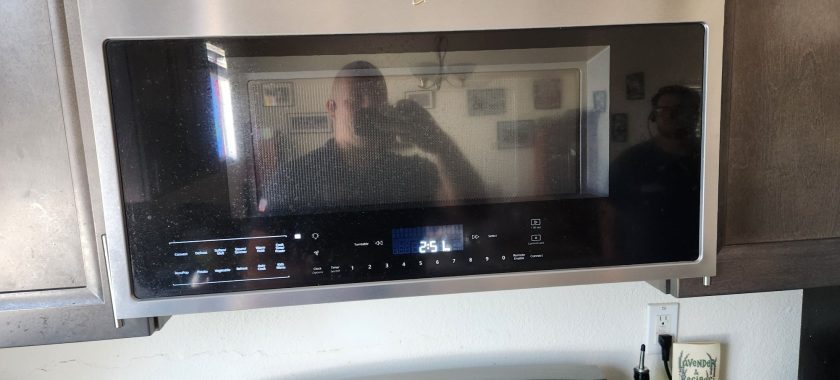Microwave ovens are one of the most convenient kitchen appliances, offering speed and simplicity when it comes to reheating leftovers or preparing meals. However, one of the most common complaints from users is that food heats unevenly. You might notice that one side of your dish is piping hot while the other remains ice cold. So, what causes this frustrating issue?
Let’s explore the most common reasons why food heats unevenly in the microwave and what you can do about it.
1. Microwave Turntable Malfunction
The rotating turntable inside your microwave plays a vital role in distributing heat evenly. As the food turns, it gets exposed to microwaves from multiple angles. If the turntable is not rotating properly—or if it doesn’t rotate at all—parts of the food may receive more microwave energy than others.
Solution:
Check if the turntable is properly seated on its support ring. Make sure there’s nothing obstructing its movement. If it’s still not rotating, there may be an issue with the motor or the coupling underneath, which may require professional repair.
2. Faulty Magnetron or Waveguide
The magnetron is the component that generates the microwave energy. If it’s partially malfunctioning or if the waveguide that distributes the microwaves inside the cavity is blocked or damaged, energy may not be evenly spread. This can lead to cold and hot spots in your food.
Solution:
Issues with the magnetron or waveguide are not DIY-friendly. If you suspect the problem lies here, it’s best to have a certified technician inspect the microwave.
3. Improper Food Placement
Believe it or not, where and how you place food in the microwave can greatly influence the heating pattern. Food placed in the center may not receive as much energy as food placed near the edge of the rotating turntable.
Solution:
Try placing your dish slightly off-center to allow better rotation through the microwave field. Stirring food midway through heating can also help distribute the heat more evenly.
4. Inappropriate Containers
Plastic containers, foam trays, and certain ceramics may not heat food effectively or safely. Some containers may shield parts of the food from the microwave energy or absorb it themselves.
Solution:
Use microwave-safe containers that allow for even distribution of heat. Glass and ceramic containers marked as microwave-safe are typically your best choice.
5. Overcrowded or Unevenly Distributed Food
Dense, large portions of food or overcrowded plates can trap heat or prevent it from reaching certain areas. For example, if you pile food in the center of a plate, the outside will heat first, leaving the center cold.
Solution:
Spread food out in a thinner layer. For soups or liquids, pause halfway through and stir. For solid foods, consider cutting them into smaller pieces for faster, more even heating.
6. Inconsistent Microwave Wattage or Aging Appliance
Older or budget models may not have the power or advanced technology to heat food uniformly. Low-wattage microwaves take longer to heat food and may do so inconsistently. Aging components might also lead to erratic performance.
Solution:
Check your microwave’s wattage (usually listed inside the door). If the appliance is more than 8–10 years old or has other issues like inconsistent power, it might be time for a replacement—or at least a thorough professional inspection.
7. Blocked Air Vents
Microwaves have internal ventilation systems to help regulate temperature and circulate air. If these vents are blocked by grease, debris, or poor installation, they can impact the unit’s performance, including how evenly it heats food.
Solution:
Inspect the interior and ensure vents are clean and unobstructed. Clean with a mild solution of water and vinegar if needed. Never block the exterior vents either—proper airflow is essential.
Microwave ovens are a staple in modern kitchens, but they require proper use and occasional maintenance to function effectively. If your food consistently heats unevenly despite trying these solutions, the appliance may have a deeper issue. Don’t ignore it—continuing to use a faulty microwave can be inefficient, waste energy, and even become a safety concern.
Need Expert Help?
If your microwave continues to give you trouble, it’s time to bring in the professionals. The experienced technicians at Chula Vista Appliance Repair Company specialize in diagnosing and fixing microwave issues of all kinds—from turntable problems to internal electrical faults. Fast, local, and reliable service is just a call away.
Schedule your microwave repair today with Chula Vista Appliance Repair Company and restore convenience to your kitchen.
Contact us
(619) 880-5508


